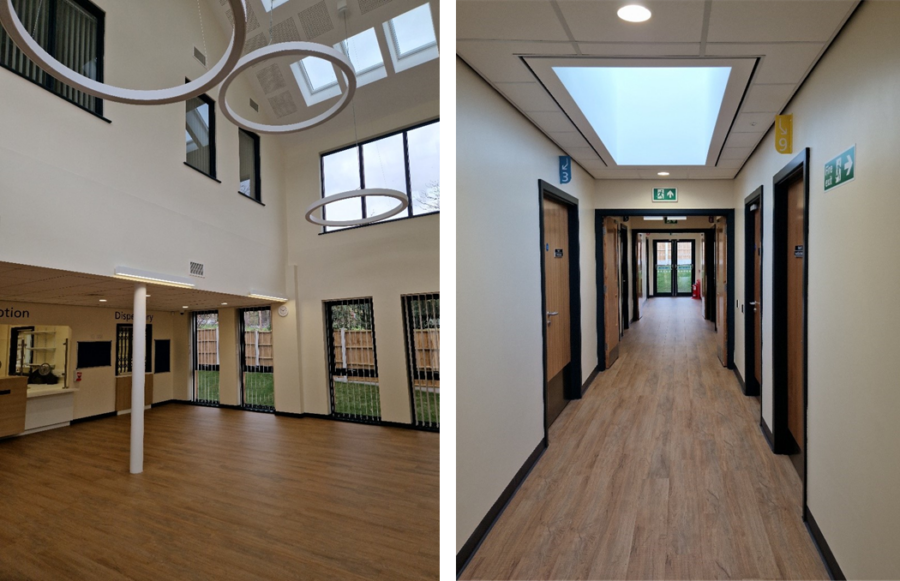Achieving the best possible BREEAM score
There are many requirements in place throughout the industry that measure a building’s sustainability performance. Assessments such as Standard Assessment Procedure are a mandatory requirement proving that your building meets both the carbon emissions and fabric performance standards set out in Part L of the building regulations.
Another assessment method not currently mandatory but becoming increasingly important with authorities is BREEAM, or Building Research Establishment Environmental Assessment Method.
BREEAM aims to evaluate and certify the environmental performance of buildings based on a set of criteria. The ‘credits’ are awarded where a building demonstrates that it meets the best practice performance levels defined for that issue, i.e. it has mitigated an impact or addressed a specific building occupant-related issue, for example good comfort.
My thoughts on ways to achieve best possible scoring for your project? First and foremost if you don’t know what the criteria is you won’t know what you need to do to achieve your goal. As the famous saying goes “fail to prepare: prepare to fail”. That probably couldn’t be any more befitting than with BREEAM. It’s important you know the criteria you need to achieve and that you start early.
With the help of a BREEAM assessor, set clear sustainability goals. Consider things such as promoting sustainability materials, prioritizing indoor environmental quality, enhancing water efficiency and optimizing energy performance.
Something to be mindful of though, is that there are instances where you could achieve the target score for ‘BREEAM Excellent’ but not obtain the actual certification. There are few reasons why this could happen but the most common is that BREEAM has specific prerequisites that must be met. If any prerequisites are not fulfilled, the certification may not be awarded, even if the target score is reached.
We have worked on a number of projects where requirements to achieve BREEAM have been implemented. The project most recently completed was a new GP surgery in Kelsall, Chester. The Design Stage submission was completed, with a score of 72.46% which equates to a BREAAM Excellent certification. The pre-assessment review indicated a score of 73.57% was achievable however due to the absence of an Environmental Management System, the project was unable to achieve ‘Excellent’ certification and instead targeted a ‘Very Good’ certificate.

So how can you maximise the success of implementing BREEAM?
1. Familiarize yourself with the BREEAM methodology: Understand its assessment criteria, scoring system, and certification levels.
2. Start early: Begin the BREEAM process as early as possible in the project timeline.
3. Involve the project team: Collaborate closely with the entire project team, including architects, engineers, contractors, and facility managers. Encourage open communication and shared responsibility for meeting sustainability targets.
Remember, these tips provide a general overview, but it is essential to consult with a BREEAM Assessor to address the specific requirements of your project. Their guidance can help ensure that all prerequisites are met, weighted scores are achieved, and necessary documentation is provided, increasing the likelihood of obtaining the desired certification.
Selected industry experts bring you insight and expert advice, across a range of sectors.
Subscribe for free to receive our fortnightly round-up of property tips and expertise
Selected industry experts bring you insight and expert advice, across a range of sectors.
Subscribe for free to receive our fortnightly round-up of property tips and expertise
"*" indicates required fields




